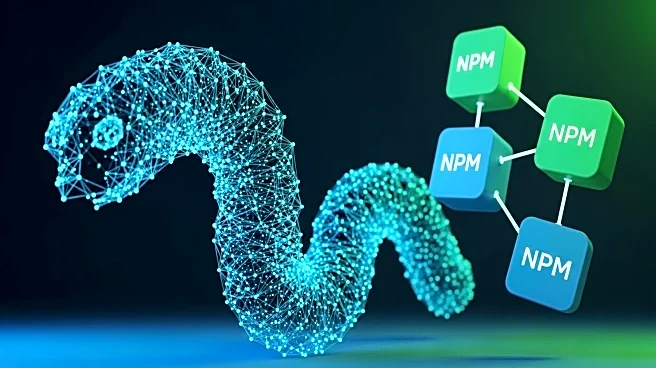What's Happening?
A new cybersecurity threat known as the FileFix campaign has been identified, utilizing steganography and multistage payloads to deliver malware. The campaign involves hiding malicious scripts and executables within JPG images, which are then downloaded and executed through a series of obfuscated PowerShell commands. This method represents an evolution from previous attack strategies, incorporating multilingual phishing pages and sophisticated social engineering techniques to deceive users into executing harmful commands.
Why It's Important?
The FileFix campaign underscores the increasing sophistication of cyber threats, posing significant risks to data security across industries. By leveraging steganography and complex payload delivery methods, attackers can bypass traditional security measures, making detection and prevention more challenging. Organizations must enhance their cybersecurity protocols, focusing on user education and advanced threat detection systems to mitigate the risks associated with such innovative attack strategies.
What's Next?
Cybersecurity experts recommend a layered defense approach, combining user training with technical measures to prevent similar attacks. Organizations are advised to block suspicious processes initiated from web browsers and monitor unusual activity across endpoints. As attackers continue to refine their methods, security teams must remain vigilant, adapting their strategies to counter emerging threats effectively.










